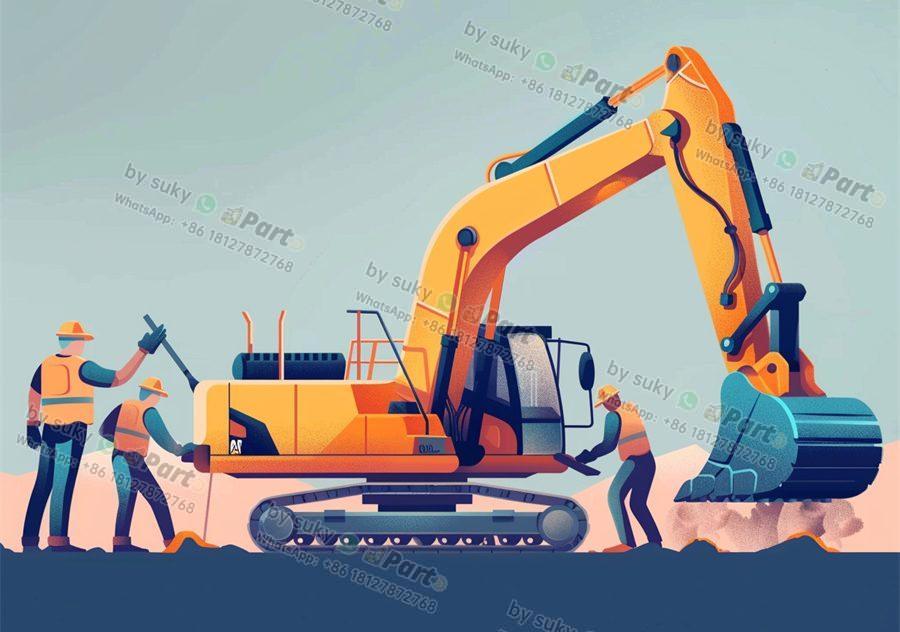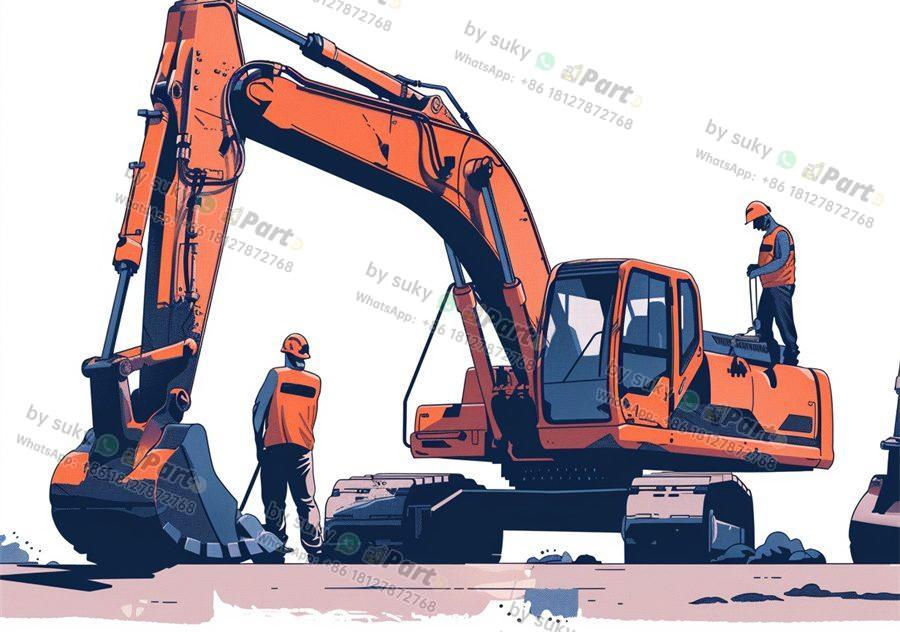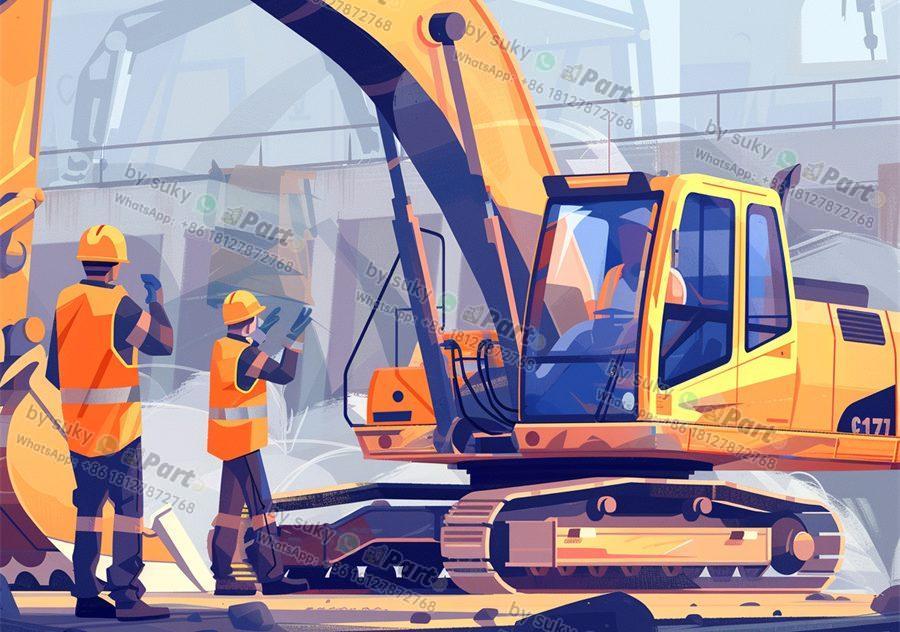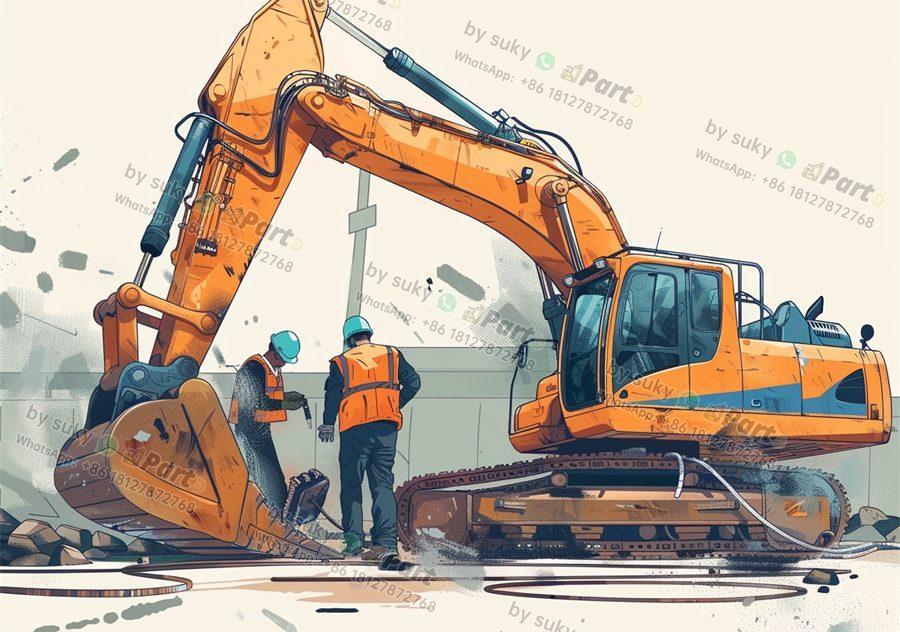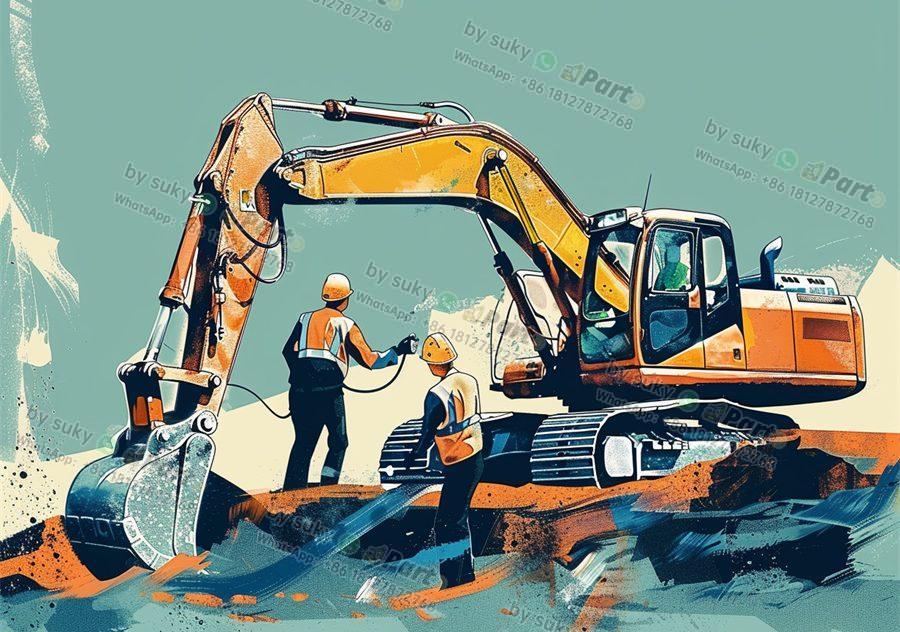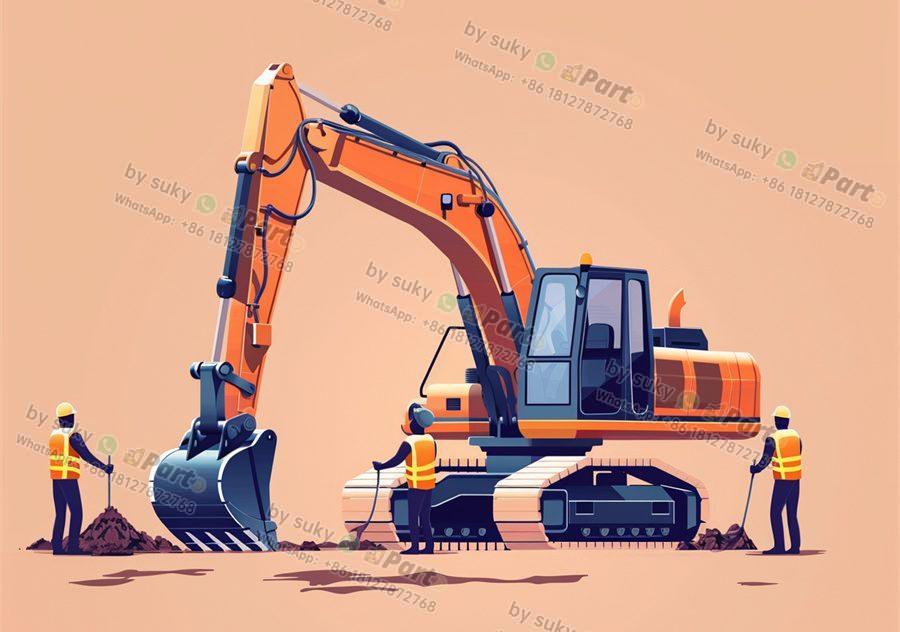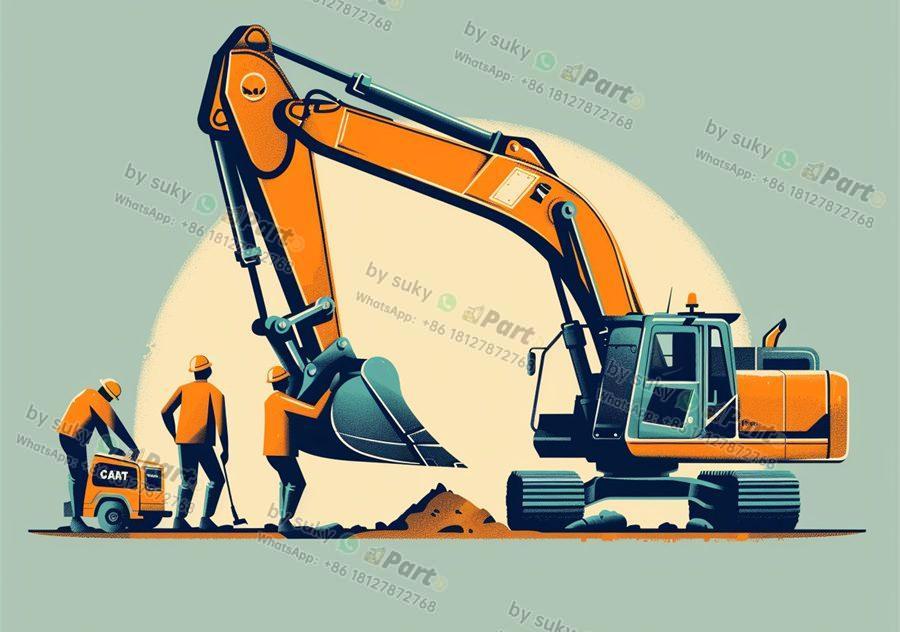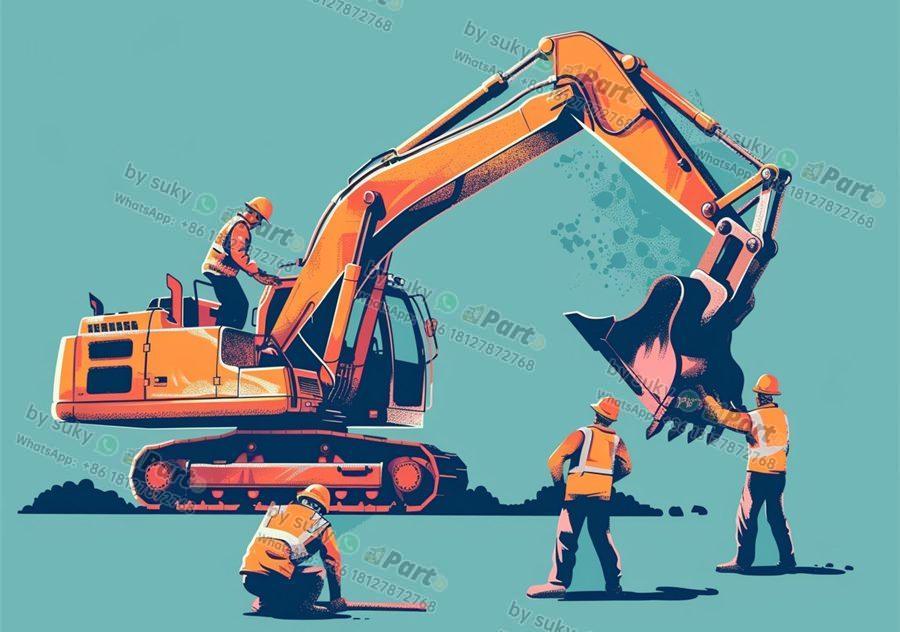In the world of vehicle maintenance, using genuine parts is crucial for the optimal performance and longevity of the vehicle. Importers and distributors of engineering vehicle parts play a significant role in ensuring that customers have access to high-quality and authentic components. Here are some reasons why genuine parts are essential for vehicle maintenance.
1. Quality Assurance:
Genuine parts are designed and produced by the original manufacturer of the vehicle or equipment. This ensures that the parts are built to the exact specifications and quality standards required for optimal performance. When using genuine parts, importers and distributors can guarantee their customers that they are getting high-quality components that have been rigorously tested for durability and reliability.
2. Perfect Fit:
One of the key advantages of using genuine parts is that they are designed to perfectly fit the specific make and model of the vehicle or equipment. This ensures that the parts will function seamlessly within the system and will not cause any compatibility issues. Importers and distributors can provide their customers with peace of mind knowing that the parts they are supplying will fit correctly and work effectively.
3. Warranty Protection:
Using genuine parts often comes with the added benefit of warranty protection. Many manufacturers offer warranties on their parts to guarantee their quality and performance. By supplying genuine parts, importers and distributors can help their customers take advantage of these warranties and ensure that any potential issues with the parts are covered.
4. Long-Term Cost Savings:
While genuine parts may sometimes have a higher upfront cost compared to aftermarket or generic alternatives, they can actually save customers money in the long run. Genuine parts are built to last and are less likely to fail prematurely, which can prevent costly repairs and replacements down the line. Importers and distributors can highlight the long-term cost savings of using genuine parts to demonstrate the value they provide to their customers.
In conclusion, genuine parts are essential for vehicle maintenance due to their quality assurance, perfect fit, warranty protection, and long-term cost savings. Importers and distributors of engineering vehicle parts play a critical role in ensuring that their customers have access to these high-quality components. By emphasizing the importance of genuine parts, importers and distributors can build trust and loyalty with their customers, ultimately leading to a successful and reputable business in the industry.

